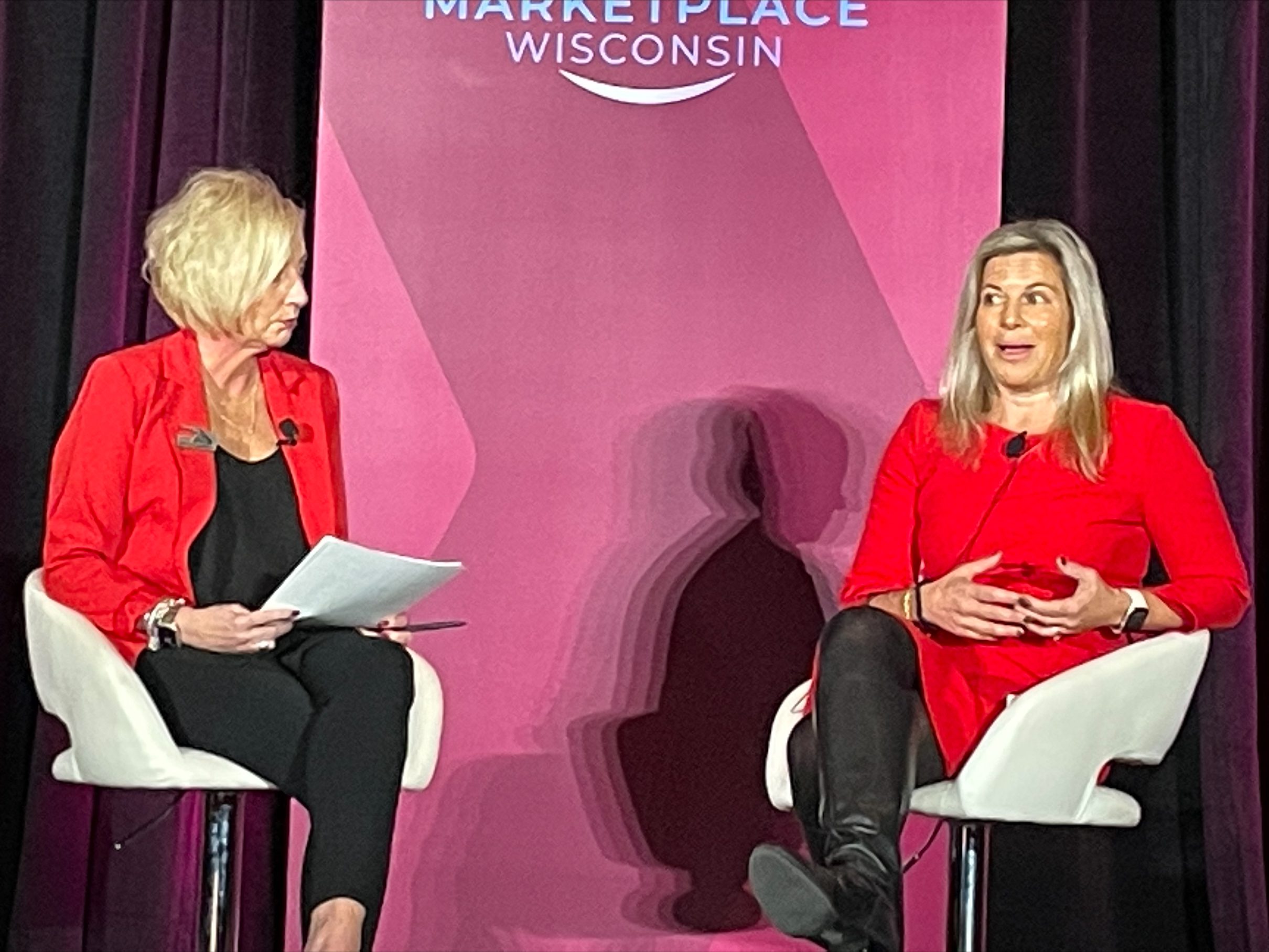As the percentage of manufacturing and agricultural jobs in rural America continue to decline, many rural communities, including many in Wisconsin, have been able to reverse negative economic trends by strengthening community assets and locally owned small businesses in downtown commercial corridors.
The COVID-19 pandemic put the brakes on much of that progress. Through programs like the Main Street Bounceback Grants and the efforts of the Office of Rural Prosperity, the Wisconsin Economic Development Corporation (WEDC) is working hard to get that progress back on track.
While vibrant downtowns and commercial corridors are critical to the economic well-being of all our communities, they are especially critical in Wisconsin’s rural areas. Why?
- Rural communities make Wisconsin, Wisconsin. Based on U.S. Census Department definitions, 30% of Wisconsin residents live in rural areas. Agriculture makes up a larger percentage of jobs in Wisconsin than it does in many other states. Many of our other large industries, like forestry and tourism, depend on the natural resources that are under the stewardship of our rural communities.
- Wisconsin’s entrepreneurial spirit. As in the U.S. overall, employment growth in Wisconsin has been largely spurred by entrepreneurs. While that may not be a surprise, what may be is that fact that our rural counties outperform urban areas in several measures of entrepreneurship. As a state, we need to make sure those entrepreneurs have the resources they need, including affordable retail and office space.
- It’s about more than just the economy. A recent Brookings institute study of several rural communities and businesses found that downtown revitalization efforts and locally owned businesses lead to an increase in social capital—that is, the intangible social assets that help strengthen local leadership, nurture greater racial and economic inclusion and build community connections.
- Generating wealth that stays in the community. That same study also found that the wealth generated by small businesses rural downtowns and commercial corridors tends to stay in the community. More local wealth means more local jobs, more educational and public health resources and an overall boost to an area’s quality of life.
- Vibrant places to live, work and play. While a lot of economic development talk happens in general terms, WEDC recognizes that there is no one single “rural economy.” Every region is unique, with its own traditions, natural resources and mix of industries, and there is value to that uniqueness. With the upheaval caused by the growth of remote work, rural places are becoming more and more attractive. Vibrant rural communities can help Wisconsin attract new talent and retain the talent that is already here.
Main Street Bounceback Grants Program
Main Street Bounceback Grants are available to businesses in every corner of Wisconsin, because our economy won’t work well if it doesn’t work for all of us. By providing $10,000 grants to businesses moving into vacant commercial spaces, we’re giving them and their communities a stronger financial foundation on which to grow.
For property owners and managers, promoting the grant has the obvious benefit of filling their empty spaces. Nearby businesses will benefit from increased traffic, and local professional service providers will benefit from increased demand from the new and expanding businesses taking advantage of the grant.
You can help by spreading the word to your clients, customers and business networks. We’ve made it easy by providing social media graphics, an info sheet and other marketing assets for you to use at wedc.org/msbb-toolkit/.






